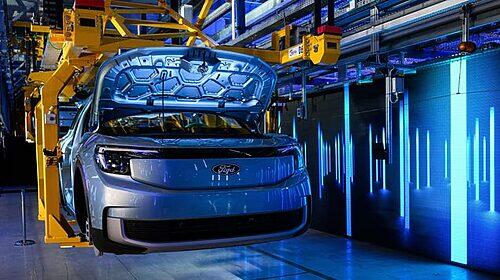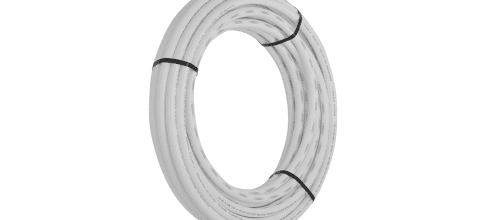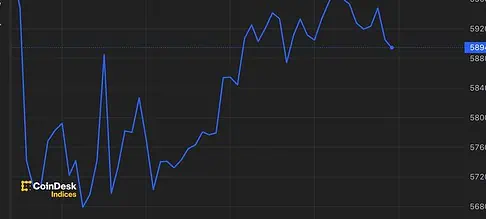Ford’s electric vehicle (EV) business’ balance sheet is in dire need of balancing. The Dearborn, Michigan-based automaker is expecting to cut salaried jobs across its EV and gas-engine divisions, as well as its software unit, in the coming weeks, sources told the Wall Street Journal, which first reported on the new round of layoffs. The number of cuts is unknown. Quartz contacted Ford for comment.
Ben Emons Part 2: The Fed, Apple shares
Most EV players, be it legacy carmakers or startups, are clocking large losses as inflationary pressures keep prices of raw materials high. Ford’s downsizing efforts follow in the footsteps of rivals streamlining operations. Recently, General Motors and Stellar offered employee buyouts to encourage voluntary departures.
Ford streamlining for EV success, by the digits
3,000:How many salaried and contract jobs Ford put on the chopping block, mostly in North America and India, last August. At the time, it said not enough of its workforce had the skills to pivot to software-driven EV development.
$2.1 billion: Ford’s EV operating losses in 2022. It predicts the loss will be wider this year.
Almost $60,000:Ford’s loss per EV sold in the first quarter of this year
$50 billion:How much Ford intends to spend on its EV business between 2022 and 2026, revised up from $30 billion
2 million:How many EVs Ford plans to produce annually by 2026, a huge increase from the roughly 132,000 it produced last year.
8%: The adjusted operating margin that Ford forecasts for the Ford Model e business by the end of 2026.
The US government has just loaned $9.2 billion to Ford
Last March, Ford separated its EV business and gas business. Since then, it’s burning cash to grow. While Ford works to realize its grand EV vision, the US government is lending the cash to get things moving.
The US Department of Energy (DOE) announced yesterday (June 22) that it intends to loan BlueOval SK, owned by the Michigan automaker and South Korean battery giant SK On, up to $9.2 billion for the construction of three battery factories, one in Tennessee and two in Kentucky. Battery production at these facilities is slated to begin in 2025.
The loan—triple the one extended to Ultium Cells, a joint venture between GM and South Korea’s LG, and the biggest one made to a car manufacturer since the bailouts after the global recession in 2009—is testament to the Biden administration putting its money where its mouth is. The government is helping American manufacturers play catch up to China. Tensions on the US-Sino trade front have made US self-sufficiency in areas like EV battery market a priority.
The funding builds on previous state-level infusions, which include the $2.4 billion Subsidy BlueOval won from the state of Tennessee in 2021, and the $276 million—$250 million in forgivable loans and $36 million worth of training funds—that Ford sought from Kentucky.
Quotable: BlueOval’s loan is good for the EV business
“The DOE’s commitment to this project will strengthen battery manufacturing in the US while reducing carbon emissions, providing customers with high-performance vehicles, and creating good jobs for future generations.”—BlueOval SK CEO Robert Rhee
Fun fact: Ford filed a patent for a rooftop backup battery
In a patent spotted by Lightning Owners earlier this month, Ford describes and draws a roof-mounted backup battery for an EV. The idea is to be able to sustain through stretches of time and space where chargers may not be readily available.
In theory, it would make off-roading with EVs easier, but there’s a huge problem—its size. A battery can weigh upwards of 1,000 pounds (453 kgs), so you’d need a crane to move it around—and then, it shouldn’t crush the car itself.
Related stories
🚗 Ford doesn’t think its EV business will be profitable for at least another year
🛑 Ford is dropping production of its most popular car to focus on EVs
🔋 Ford’s EV battery deal with China’s CATL echoes industrial history
Discover more from Tistalents
Subscribe to get the latest posts sent to your email.












